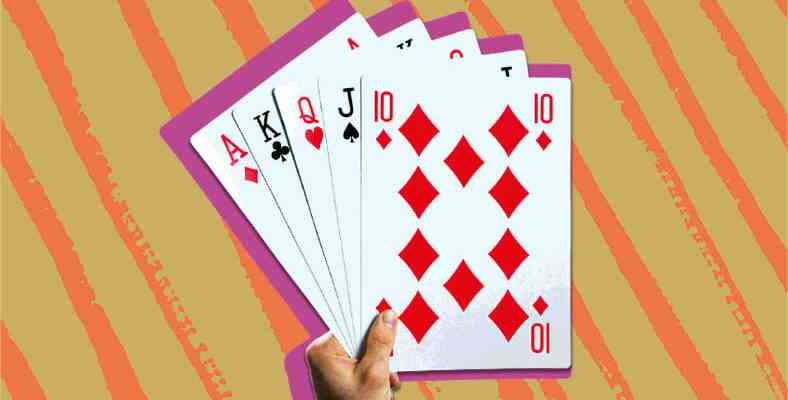The symbols on playing cards, where the world’s most popular games have been played for hundreds of years, are the same everywhere. Although the hearts, spades, diamonds, clubs and other playing cards marked with them have different meanings in fortune telling and games, their historical process is much more interesting. Let’s take a closer look at what and who the playing cards represent.
It can be quite difficult to collect the necessary materials for some board games, but if you have a 52-card deck, you have a lot of games to play. Even if some of these games are unique to our culture, the interesting thing is that wherever you go in the world with the same playing cards as hearts, spades, diamonds, clubs You will encounter and play many games according to the same rules.
The reason why playing cards are based on such international acceptance is that they are one of the oldest games in history. These playing cards, which emerged hundreds of years ago, were actually considered as the game of the nobles because they were very expensive for a period and had meanings accordingly. What is the meaning of hearts, spades, diamonds, clubs; what and who do the playing cards represent let’s take a closer look.
The earliest records of playing cards date back to the 10th century:
Before we look at the meaning and spread of playing cards, let’s talk about where we first encountered this type of playing cards. According to experts, the first and oldest source mentioning games played with a playing card and dominoes It was written in China in the 10th century. However, these cards are only mentioned superficially. We don’t know how similar they were to the playing cards we play today.
Playing cards as we know them first appeared in 14th century Europe:
We encounter the first playing cards as we know them today in Europe in the 1370s. These cards, seen in Italy and Spain, were brought to the continent by Mamluk merchants. When we look at it from this point of view, it is possible to say that the card game played in China somehow passed to the Arabs and was introduced to Europe through traders from them.
The cards used at that time were handcrafted and painted one by one. So each one was extremely expensive as they were works of art. Of course, this expensive pleasure quickly began to spread among the nobles of Europe. It is even mentioned that the king of France at the time was a real card game enthusiast. It didn’t take long for this noble taste to spread to the public.
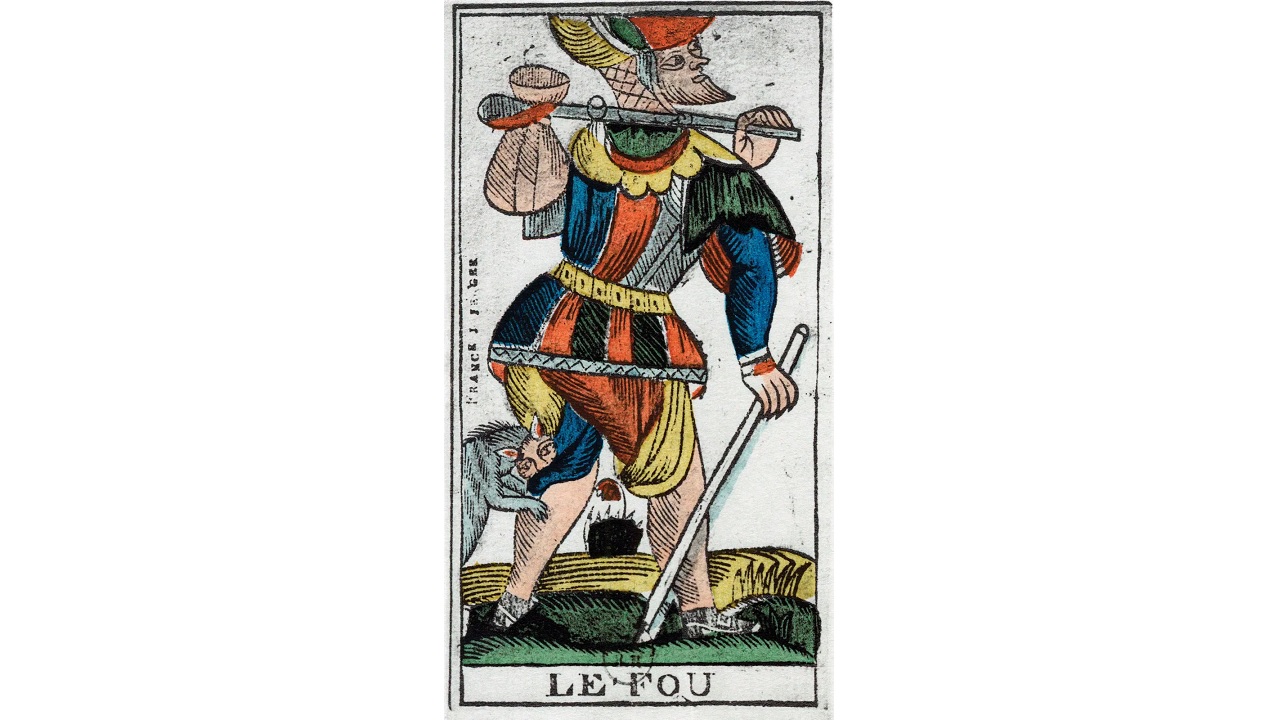
With the invention of the printing press, there was no one who did not play cards:
With the invention of the printing press in Germany in the first years of the 15th century, of course, not only printed books, but also Entertainment tools such as playing cards also began to be produced. Playing cards, produced by the French as works of art, could now be produced easily and much cheaper in the printing press. Of course, it was the people who were most happy about it.
Until then, games played for two or played with dice. when gambling games were popular Card games became fashionable with the production and sale of playing cards at affordable prices. Even more interestingly, women had a great interest in playing cards. In fact, when you examine the artworks of that period, you realize that women playing cards are depicted as attractive figures.
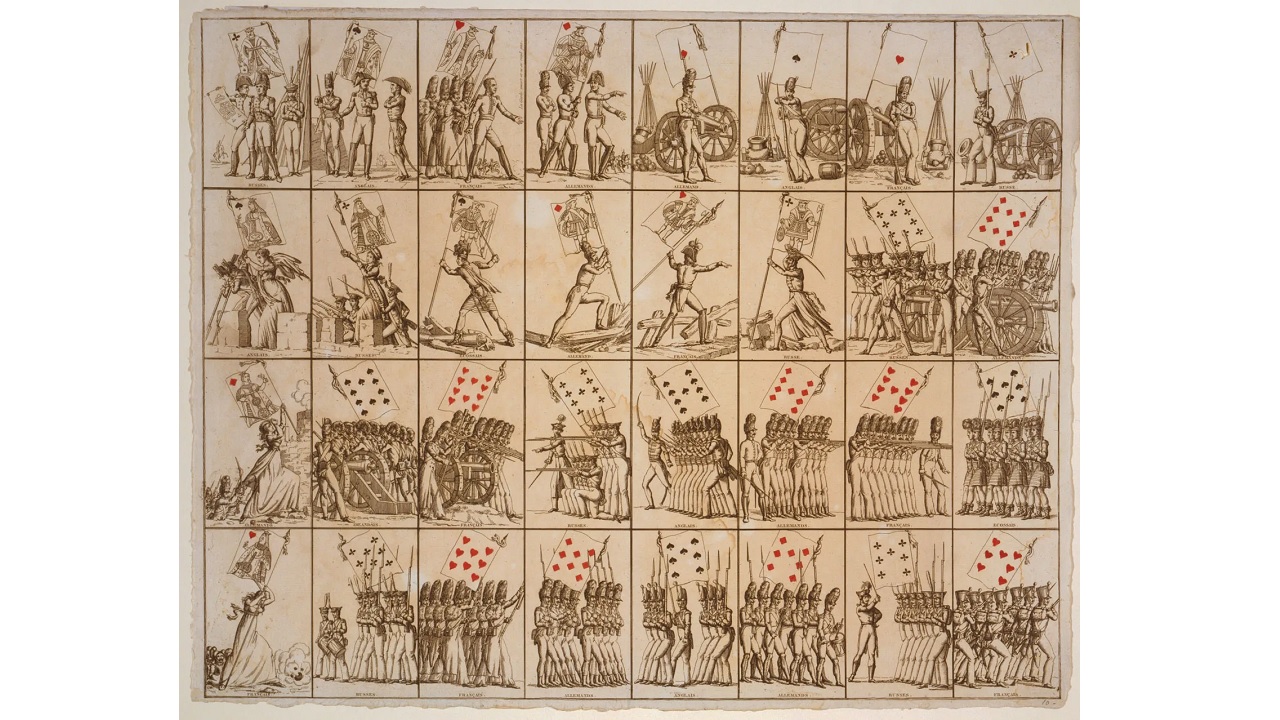
Does the church stop, the punishment is pasted:
When we look at the historical process, we see that playing games for entertainment is a fairly new phenomenon for humanity. People used to play such games for gambling, The same happened with the playing cards. When gamblers saw such a new game, they immediately fell for the devil and made gambling much more fun for themselves.
Of course, the dominant power of that period, the church and the kingdom, was disturbed by this situation. They are not considered unjust, after all, gambling is the root of all evil. French church and king, 17th century He punished those who gambled with even death, and the production of playing cards was monopolized by the state. England took a similar measure in the 18th century and made the production of playing cards very difficult with the stamp law.
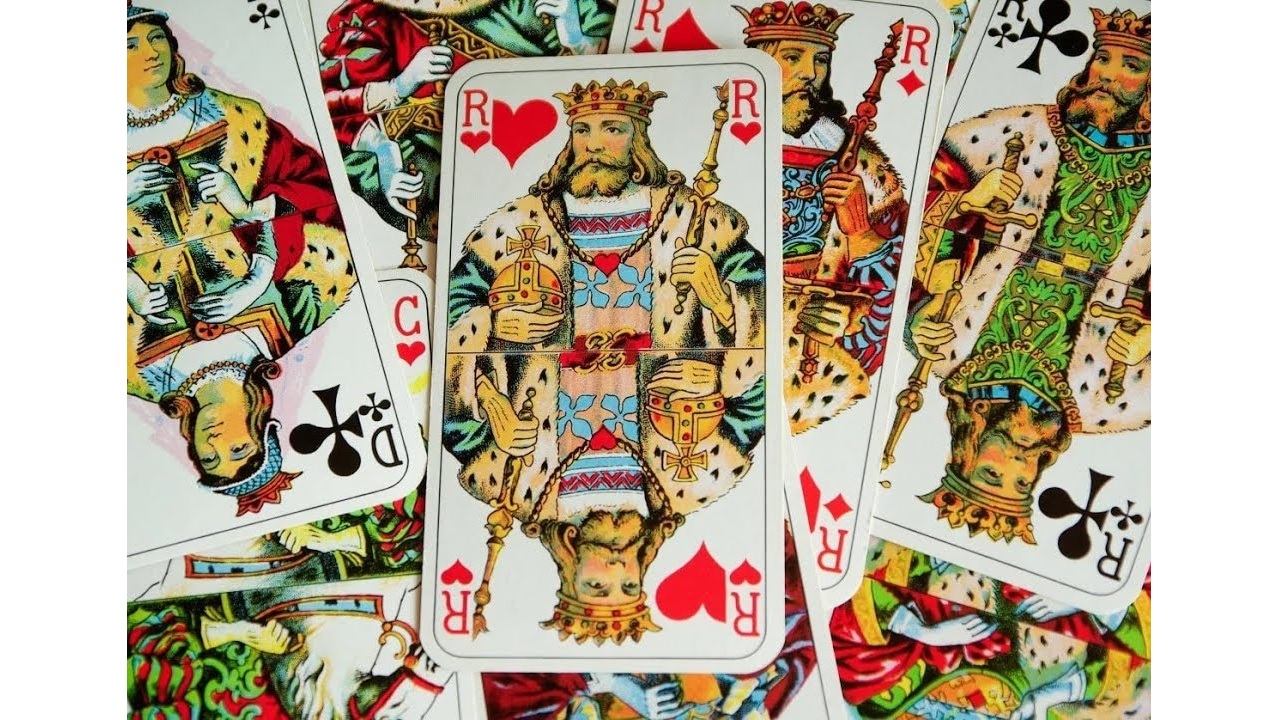
Let’s get to know the playing card:
Since the 14th century, playing cards have been a deck of 52 cards. It belongs to four classes in red and black colors as hearts, spades, diamonds and clubs. With cards on which numbers 1 to 10 are written There are cards with symbols called jacks, queens, kings. In addition to these, there are two wild cards used in some games. The standard deck is 52, but multiple decks can be used as some games require much more cards.
What is the meaning of diamonds, clubs, hearts, spades? What and who does the playing card represent?
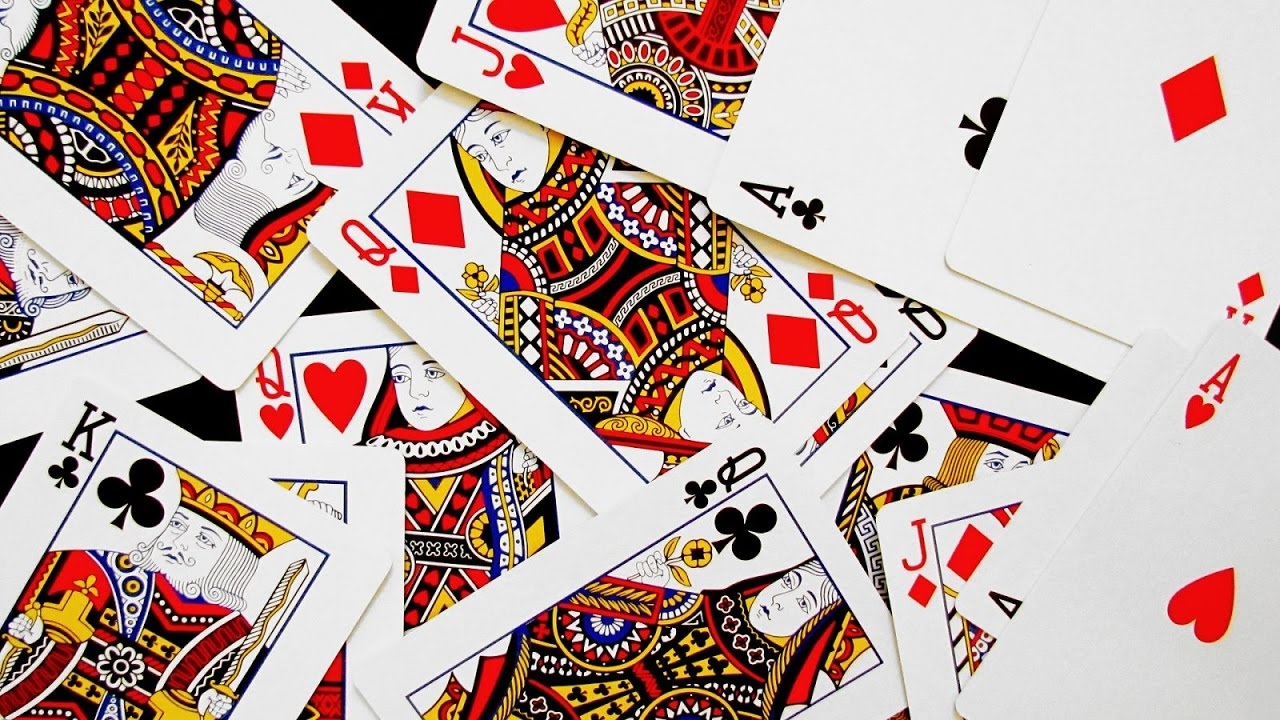
Cup
Cup class playing cards, called coeur by the French and hearts by the English, even if it looks like a heart actually the original of this shape is a shield and represents the noble class and the church. If you look at the trophy symbols, you will see that they are all smiling.
The cup class whose element is earth is also love, friendship and family also means. In the trophy class, the valet is La Hire, the girl is Judith, and the chaplain is King of France VII. It represents Charles.
spades
Class of spades, which the French called pike and the English called spades, were widely used in France in the 14th century. adapted from spearhead shape and represents the military class, namely the army.
The spade class, whose element is air, is also death, fate, betrayal also means. In the spade class, the valet Ogier The Dane, the girl Athena, and the priest Hz. It represents David.
Tile
The tile-class playing cards, which the French call carreau and the English call diamonds, are the ones in France in the 14th century. adapted from the tile shape used in commercial marine businesses and represents the middle class.
The tile class, whose element is earth, is also career, money and travel also means. In the tile class, the valet Julius Caesar, the girl Hz. Rachel represents Jacob’s wife, and the priest represents Hector, Prince of Troy.
Fly
Class of fly cards called trèfle by the French and clubs by the English shaped like a clover leaf and represents the peasant class. For this reason, flies are the most worthless cards in games played according to class value.
The fly class whose element is fire is also work life and working life also means. In the fly class, the valet represents Alexander the Great, the girl Argeia, and the priest Sir Lancelot.
Bonus: listen after you learn them
What is the meaning of hearts, spades, clubs, diamonds; what and who do the playing cards represent We talked about the history of the world’s most popular card game by answering questions such as: Let us remind you that playing card games are great for fun, but gambling is already an illegal and extremely harmful addiction.
